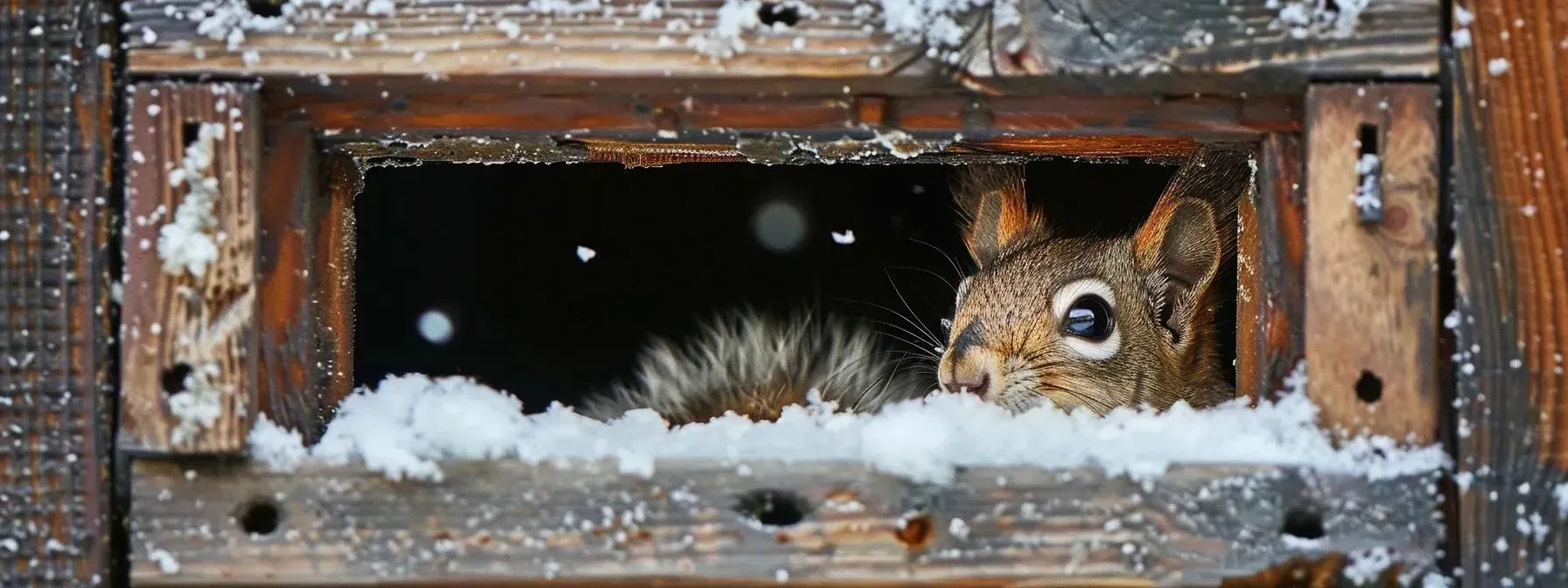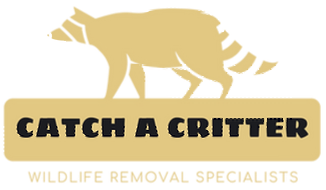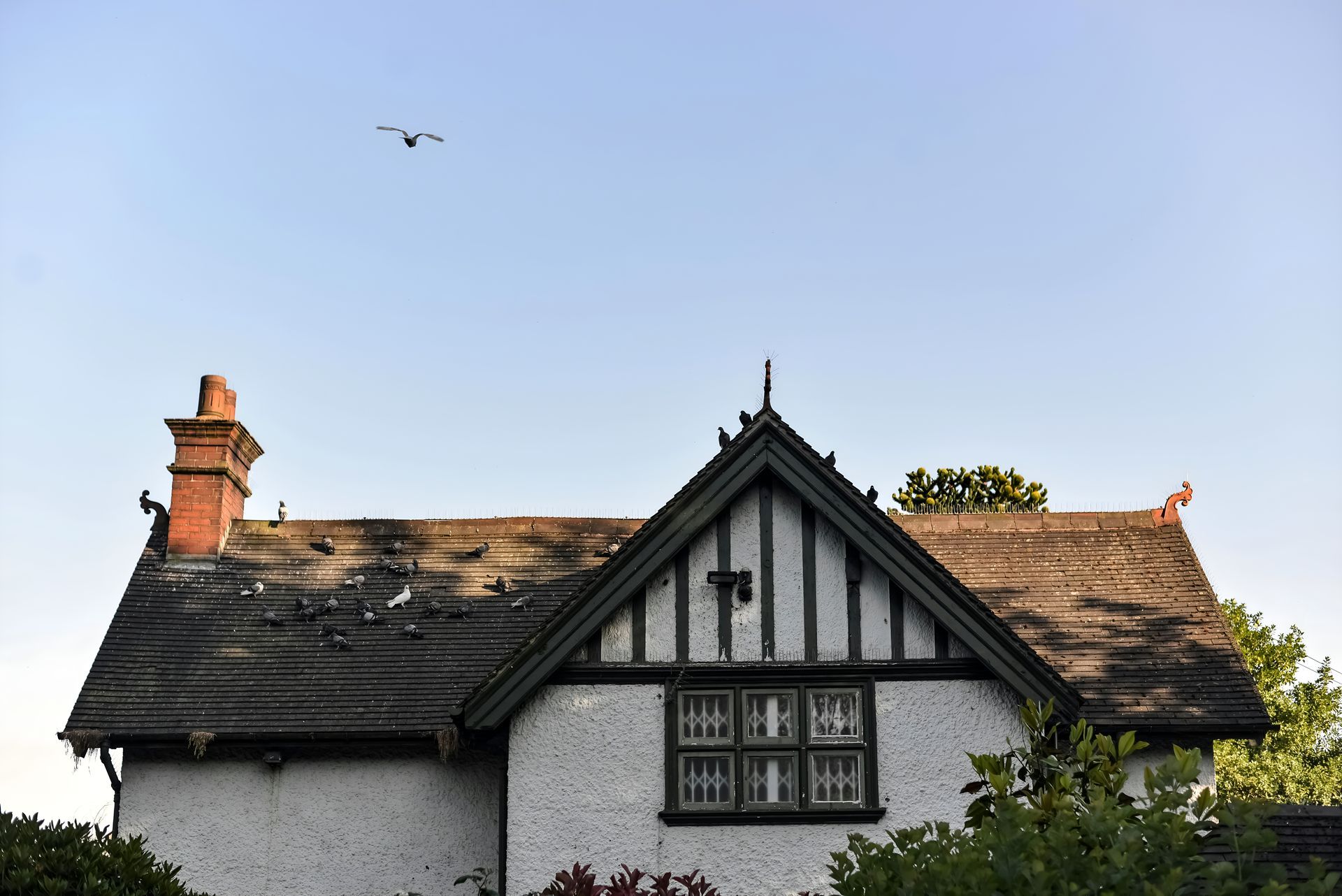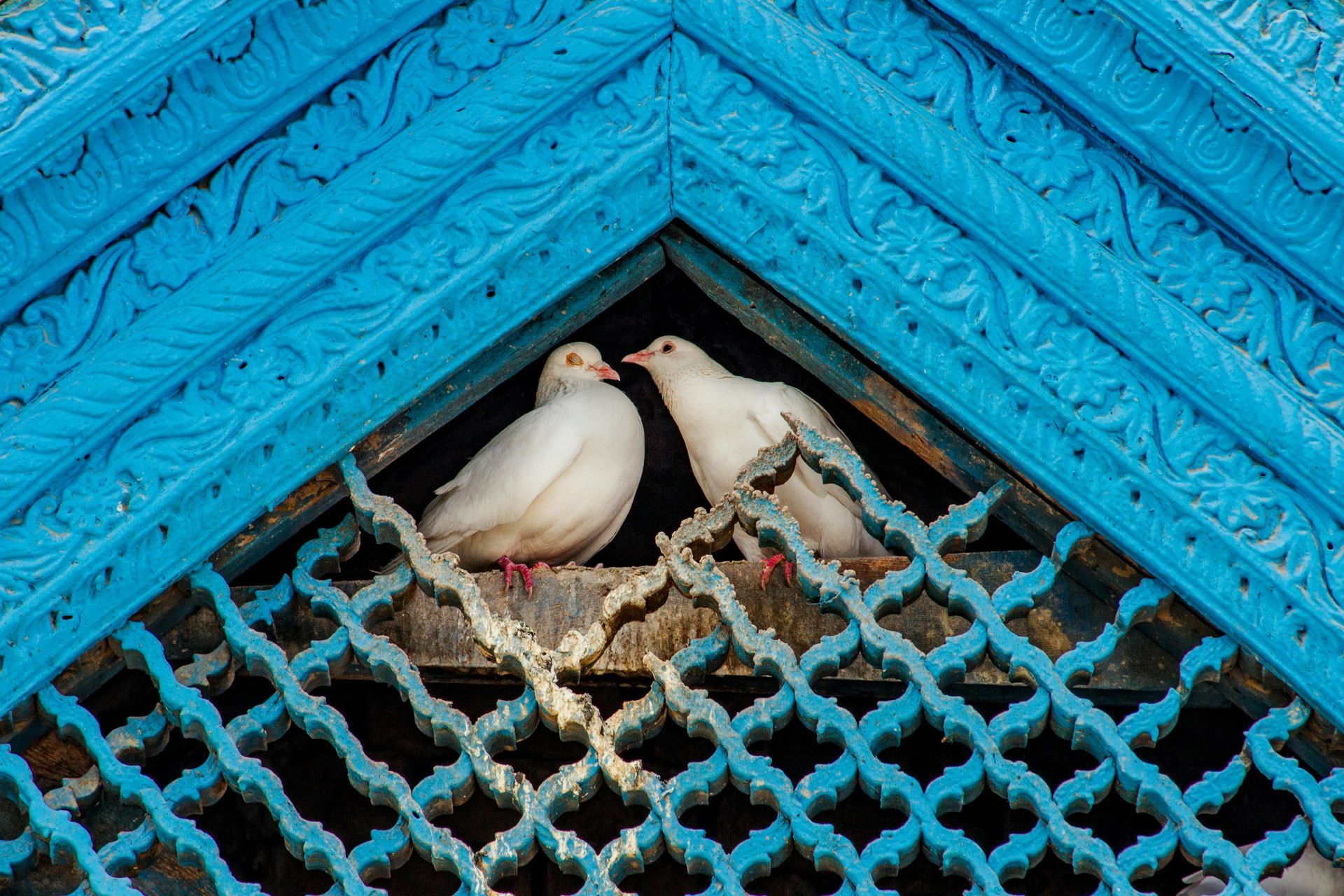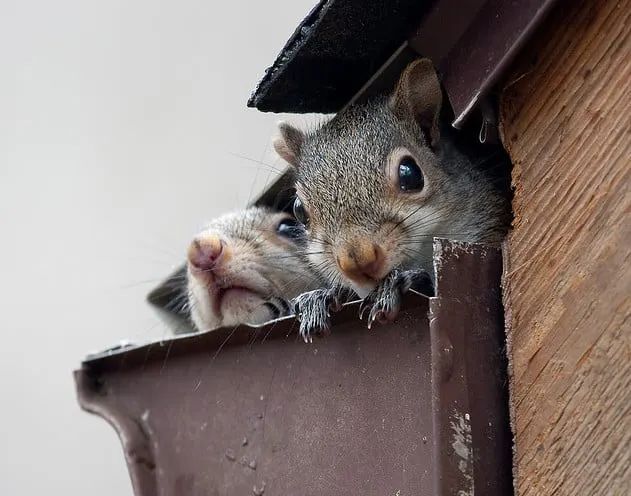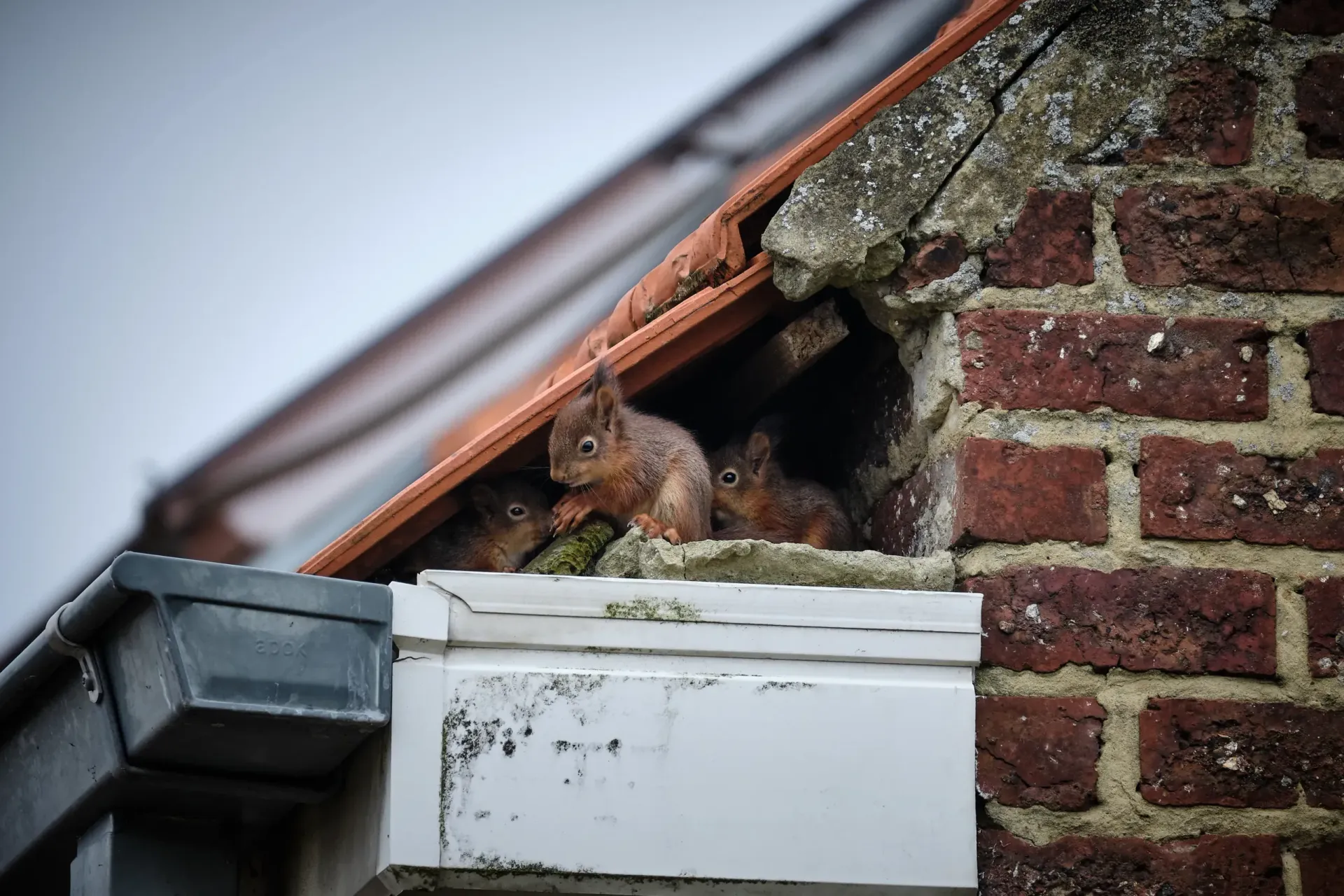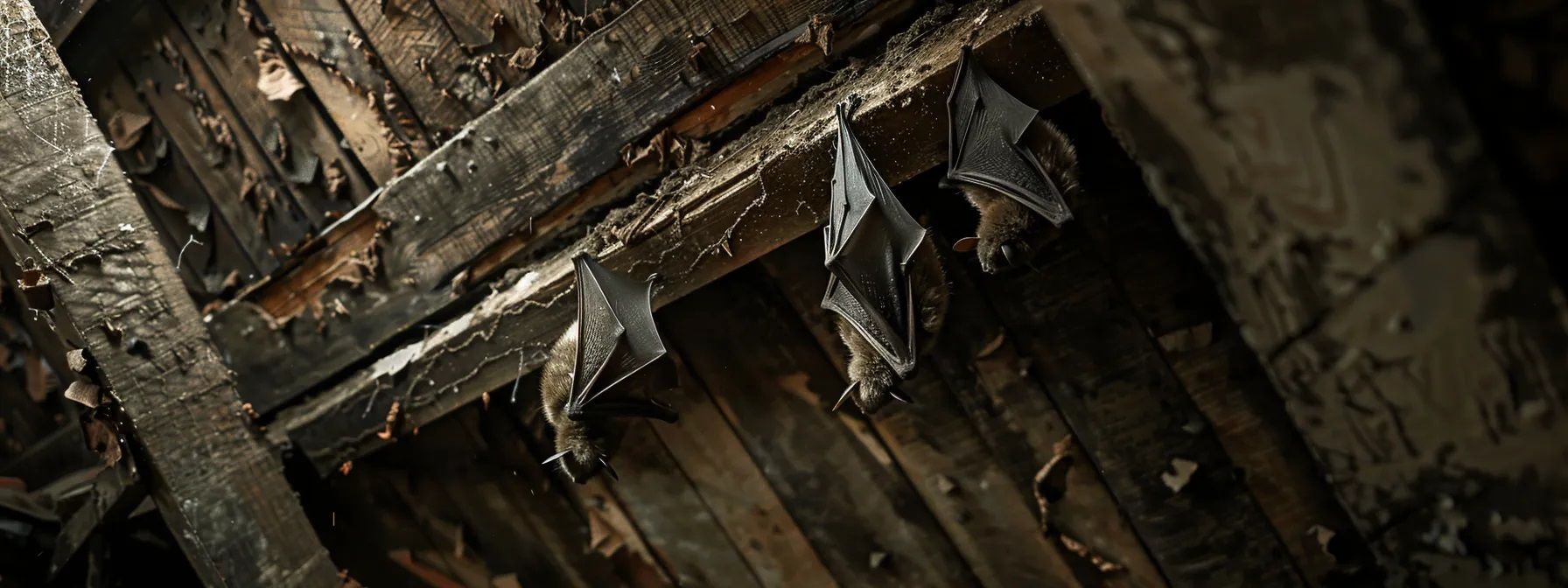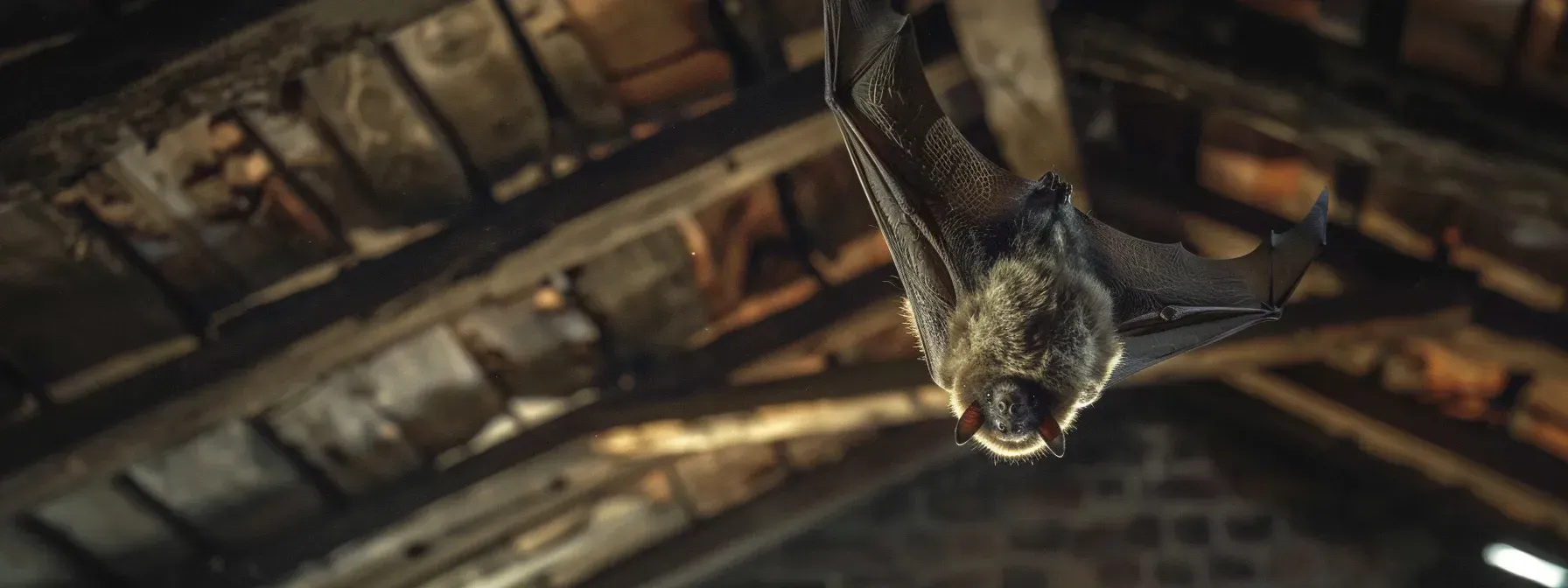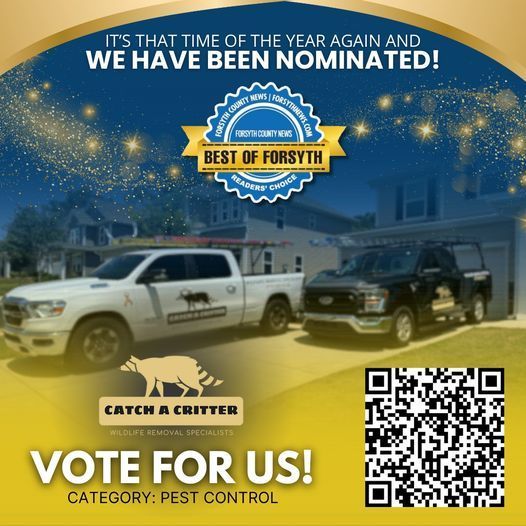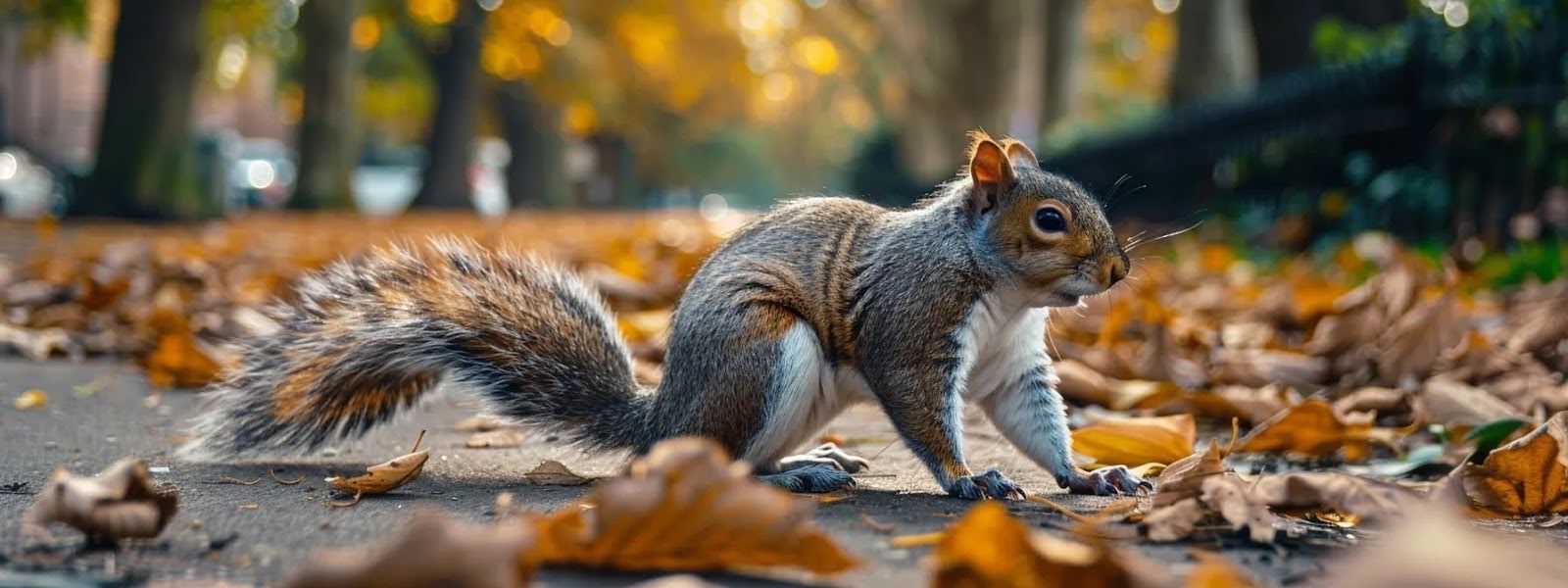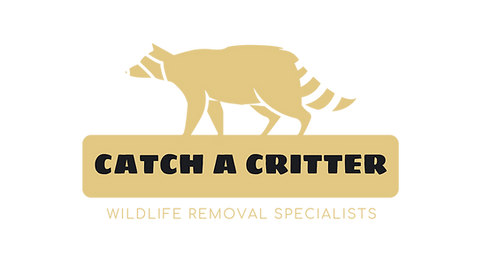Smart Post-Removal Tips for a Healthy Attic Environment
Attics contaminated by wildlife pose serious health risks.
Pathogens and allergens can spread into your living spaces, triggering respiratory and other illnesses. Moreover, when contaminated materials are disturbed, airborne particles carrying viruses, bacteria, and fungal spores can easily travel into your home.
These tips for a healthy attic after wildlife removal will walk you through safely clearing out waste, getting rid of nasty odors, preventing mold, upgrading insulation, sealing up entry points, understanding health risks, and navigating insurance.
By following these steps from Catch A Critter, an animal in attic removal specialist in Cumming, homeowners can get their attics back to being safe, energy-efficient, and built to last.
Smart Post-Removal Tips for a Healthy Attic Environment
- Gear up with PPE and HEPA-vacuum droppings and nesting to remove biohazards safely
- Sanitize odors with enzyme sprays and pro fogging to neutralize bacteria and spores
- Control moisture—fix leaks, add ventilation, keep relative humidity under 50%
- Replace soiled insulation; consider borate cellulose or spray foam to deter pests
- Seal vents and gaps with stainless mesh and caulk, and document for insurance claims
Request a professional attic restoration assessment and estimate
1. Safely Remove Wildlife Waste and Contaminants
Effective wildlife waste removal, means identifying and getting rid of hazardous materials that are making your attic unhealthy. Think droppings and nesting materials. They're breeding grounds for bacteria and parasites.
Before you start cleaning, gear up with protective equipment and get some fresh air circulating in the space. Then, follow these steps:
- Thoroughly inspect the entire attic to pinpoint waste piles and soiled insulation.
- Put on gloves, goggles, and an N95 respirator to keep dust and germs out of your lungs.
- Use disposable bags and a HEPA-filtered vacuum to collect droppings, nesting materials, and debris.
- Dispose of the waste according to your local biohazard regulations to completely remove contamination sources.
Clearing out biohazards properly makes your attic safe again and gets it ready for effective odor control and sanitization.
2. Eliminate Odors and Sanitize the Attic Space
Sanitization is key to neutralizing lingering smells and destroying microbial threats.
This involves using specialized disinfectants and deodorizers. Enzyme-based cleaners work wonders on breaking down ammonia from urine stains, while fogging treatments can reach every nook and cranny to eliminate bacteria and mold spores.
Try this combined approach:
- HEPA Vacuuming: This captures fine dust, dander, and allergy-triggering particles before you even start disinfecting.
- Enzyme Sprays: These tackle organic odors right at the source, no harsh chemicals needed.
- Professional Fogging: This method disperses a disinfectant mist that gets deep into insulation and wood surfaces.
By banishing bad smells and sanitizing every surface, you'll create a safe attic environment, ready for new insulation and preventing germs from circulating through your HVAC system.
3. Address Mold and Moisture
Mold remediation deals with fungal growth that thrives on attic humidity. If moisture isn't controlled, it can lead to wood rot and airborne allergens. For example, condensation around poorly sealed vents can easily encourage black mold, which can seriously aggravate respiratory issues.
Keep moisture and mold in check by:
- Finding and fixing any leaks in your roof, plumbing, or ductwork right away.
- Installing ridge vents, soffit vents, or a dehumidifier to keep relative humidity below 50 percent.
- Applying mold-resistant sealants to joists and sheathing to stop spores from taking hold.
Reducing moisture intrusion not only protects your home's structure but also sets the stage for your insulation to work its best and ensures long-term attic health.
4. Replace Attic Insulation
Replacing your attic insulation is crucial for restoring thermal efficiency and getting rid of materials that have been compromised by wildlife. Insulation that's soiled or flattened loses its R-value and can harbor pathogens.
What Is The Best Attic Insulation For Pest Control?
This is paragraph text. Click it or hit the Manage Text button to change the font, color, size, format, and more. To set up site-wide paragraph and title styles, go to Site Theme.
Borate-treated cellulose insulation is highly effective against insects, as boric acid acts as an insecticide when pests come into contact with it and groom themselves. Additionally, spray foam insulation deters pests by creating an airtight seal that blocks potential entry points into the attic.
5. Seal Entry Points and Exclude Wildlife
Sealing up entry points is essential to prevent critters from moving back in. This means blocking the common routes that squirrels and birds use to get inside. Look for gaps around vents, soffits, and anywhere pipes or wires enter the roof. These are prime vulnerabilities.
Follow these exclusion steps:
- Carefully inspect the outside of your attic for any holes, cracks, or worn-out vent screens.
- Cover vents with sturdy, heavy-gauge stainless-steel mesh. This lets air flow but keeps wildlife out.
- Seal gaps around ductwork, plumbing stacks, and wiring using exterior-grade silicone caulk or spray foam.
- Fix any damaged soffits, fascia boards, and roof edges to close off hidden entryways.
Completing these measures will secure your attic against future invasions and protect the work you've done on cleanup and insulation.
How Can Homeowners Use Insurance and Professional Services for Attic Restoration?
Homeowners can tap into their insurance coverage and work with professional attic restoration services to manage costs and ensure a complete cleanup. By carefully documenting everything and getting expert help, you can streamline the claims process and ensure high-quality repairs.
To get the most out of your benefits:
- Carefully review your homeowners' insurance policy for any clauses related to wildlife damage, mold remediation, or insulation replacement.
- Take clear photos of contaminated areas, damaged insulation, and any moisture stains. This serves as crucial evidence for your insurer.
- Get a detailed inspection report and a written cleanup estimate from a certified attic restoration professional.
- Submit your insurance claim along with all your documentation and contractor estimates to help speed up coverage approval.
Combining insurance support with expert cleanup from a trusted provider ensures your attic is fully restored without unexpected out-of-pocket expenses.
Conclusion
Restoring your attic after wildlife removal requires a systematic approach, from clearing out waste and sanitizing to controlling mold, upgrading insulation, and sealing entry points. Addressing each step thoroughly not only boosts energy efficiency and structural integrity but also protects your family's health.
By understanding the associated health risks and using insurance alongside professional animal attic in removal services in Cumming, homeowners in North Georgia can achieve a truly healthy attic.
